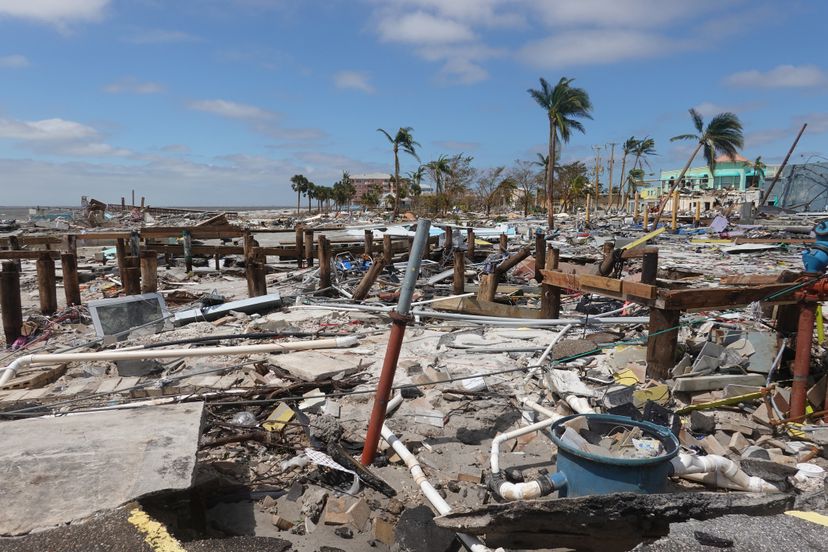
Key Takeaways
- The worst hurricanes in U.S. history have caused immense destruction and loss of life, emphasizing the need for improved disaster preparedness.
- The Great Galveston Hurricane (1900) was the deadliest hurricane with an estimated 6,000 to 8,000 deaths (though some put that number as high as 12,000) and $20 to $30 million in property damage.
- Superstorm Sandy (2012), Hurricane Katrina (2005), and Harvey (2017) are some of the most destructive hurricanes that caused economic impacts totaling over $434 billion.
Extreme weather events have haunted humanity throughout history, but few phenomena evoke as much fear and awe as the wrath of a hurricane. These powerful storms have left a lasting impact on the communities they’ve struck, shaping the course of history in their wake. By examining 15 of the worst hurricanes in U.S. history — in terms of wind speed, damage, cost and fatalities — we can better understand the true power of nature and the resilience of the human spirit.
Advertisement